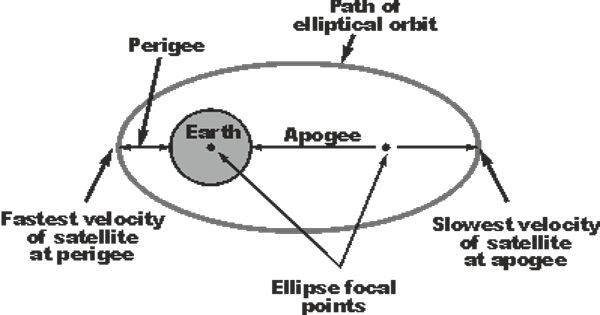Environmental protection is concerned with issues arising from the interaction of humans and environmental systems, such as conservation, pollution, biodiversity loss, land degradation, and environmental policy. It is the practice of individuals, organizations, and governments protecting the natural environment. Its goals are to conserve natural resources and the existing natural environment, as well as to repair damage and reverse trends where possible.
The primary goal of environmental protection is to prevent the degradation of the natural environment caused by increasing population, technology, and overconsumption, all of which have had a negative impact on the environment and continue to endanger humans and animals. The way humans interact with the natural world in order to protect and preserve natural ecosystems is another aspect of environmental protection. This may entail taking into account ethical, economic, and ecological factors in order to limit environmental degradation.
The biophysical environment is degrading, sometimes permanently, as a result of the pressures of overconsumption, population growth, and technology. This has been recognized, and governments have begun to impose restrictions on activities that cause environmental degradation. Environmental movements have raised awareness of the various environmental issues since the 1960s. Because there is disagreement about the extent of human activity’s environmental impact, environmental protection measures are occasionally debated.
Some of the most serious issues in environmental protection today are related to fossil fuels, which are linked to pollution, climate change, and natural resource depletion. Another emerging environmental issue is plastic pollution in water, which has harmed marine life and ecosystems.
Approaches to environmental protection
- Voluntary environmental agreements
In the industrialized world, voluntary environmental agreements frequently serve as a platform for companies to be recognized for going above and beyond the minimum regulatory standards, thereby promoting the development of best environmental practices. In India, for example, the Environment Improvement Trust (EIT) has been working to protect the environment and forests since 1998. These agreements are more commonly used in developing countries, such as Latin America, to address significant levels of noncompliance with mandatory regulation.
- Ecosystems approach
An ecosystems approach to resource management and environmental protection aims to make decisions that take into account the complex interrelationships of an entire ecosystem rather than simply responding to specific issues and challenges.
Ideally, decision-making processes under such an approach would be collaborative, involving a wide range of stakeholders from all relevant governmental departments, as well as industry representatives, environmental groups, and community members. This approach is ideal for improving information exchange, developing conflict resolution strategies, and improving regional conservation. Religions also play an important role in environmental conservation.
Environmental protection programs include those aimed at reducing environmental risks posed by contaminants such as hazardous materials and wastes, fuels, and oils. These programs address pollution prevention and regulatory compliance by establishing procedures for working safely with these materials, inspecting storage vessels and locations, and establishing preventative maintenance procedures. Environmental emergency plans are also included, which outline the steps to be taken in the event of a spill or release.
















